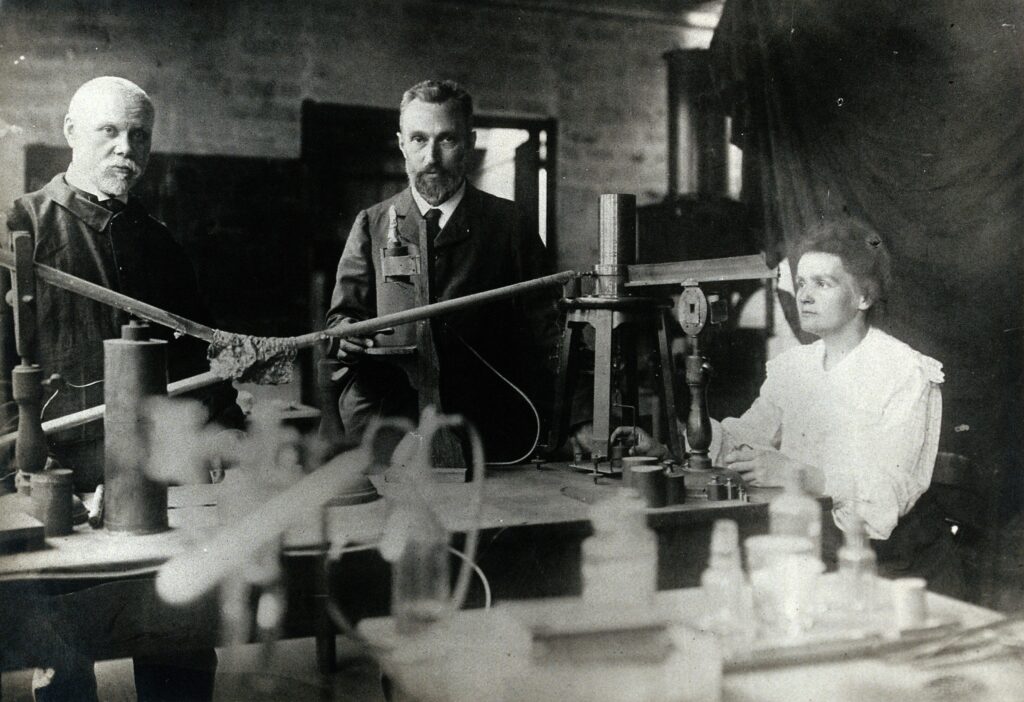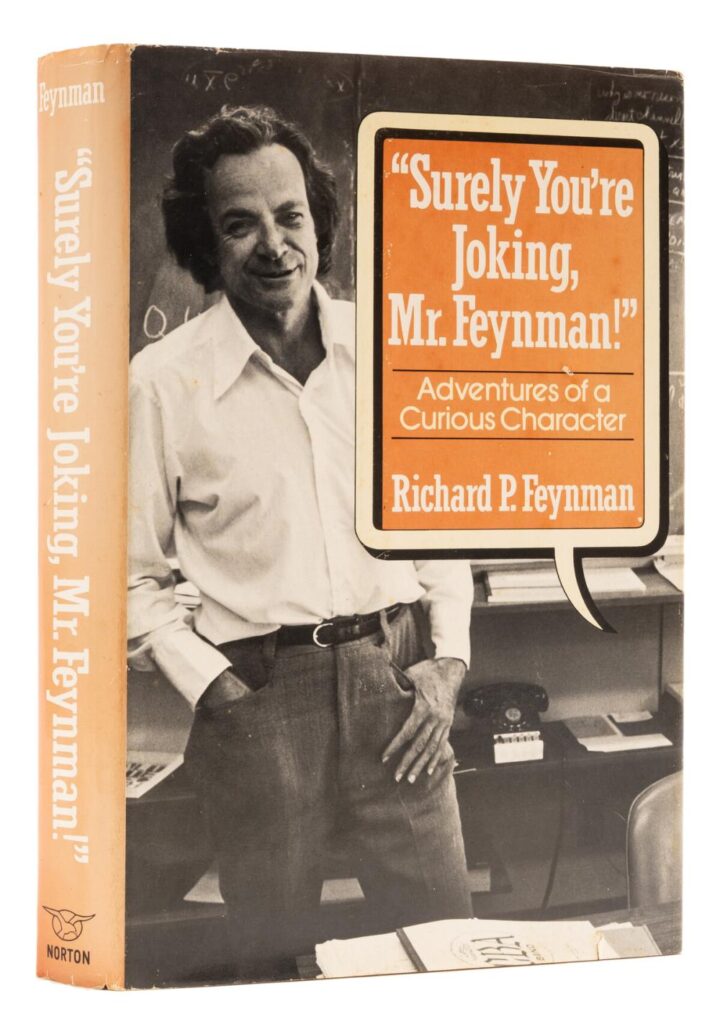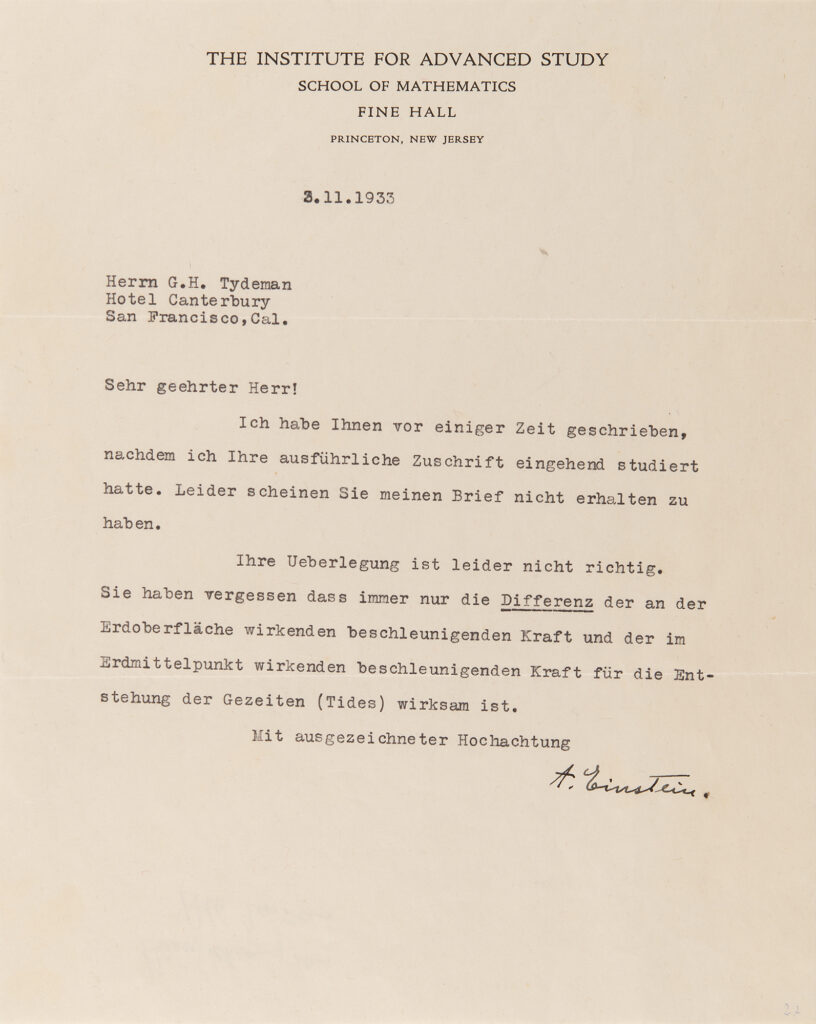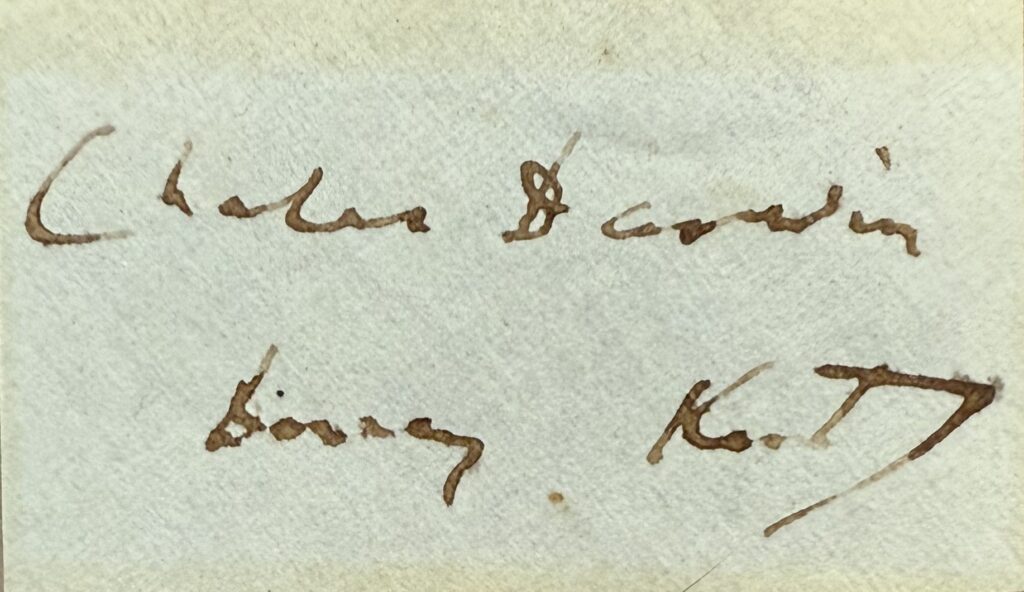MARIE CURIE PENS AN AMAZING LETTER TO THE EDITOR OF CENTURY MAGAZINE IN THE YEAR OF HER NOBEL PRIZE, DISCUSSING HER 1904 ARTICLE “RADIUM AND RADIOACTIVITY” AND THE FAMOUS PHOTOGRAPH OF MARIE AND PIERRE CURIE IN THEIR LABORATORY.
Marie Curie, recovering from her miscarriage in August, sends Century Magazine’s associate editor, Robert Underwood Johnson her article, RADIUM AND RADIOACTIVITY, which was published in the Magazine’s January 1904 issue. Also published in that issue were “remarks on the article by Mr. [Ernest] Merrritt” which she has enclosed and which preceded her article, “The New Element Radium”.
Autograph Letter Signed “M. Curie” in French, three pages, 4.5” x 6”, front and verso on two conjoined sheets. Translated. Saint Trojan, September 20 [1903]. [To Robert Underwood Johnson]. Contained within a custom green leather and linen clamshell box.
Provenance: Lot 299 of the Sotheby’s James S. Copley Library Sale, 17 June 2010.
In full, “ I send you the attached item you have requested, even that of Mr. Merritt and the piece [clipping] of the Independent that you have given me. I send you a photograph of myself and Mr. Curie made in our laboratory at the time we make a measurement of radioactivity. I enclose a sheet containing some remarks on the article by Mr. Merritt, I found elsewhere, very well done. I should wish to have proofs of my article before publication. If this article seems to you too long, return it to me to abbreviate. It seems to me interesting to put some details, it is well understood that in inserting the whole, I do not ask a higher price than what you offered me. The article contains 5000 words. In the photograph I sent you, Mr. Curie is in the middle, and left is Mr. Petit, his laboratory assistant who helps us very much. As for my biography , I do not know what could be added. I can tell you more, that I have a 6 year old daughter named Irene I returned to Paris on September 26 at the old address 108 Boulevard Kellermann. I am now almost cured. I send my best regards.” Boldly signed, “M. Curie”.
Pierre and Marie Curie had their. first child, Irene, on September 17, 1897. Irene was six years old when this letter was written. In August 1903. In her fifth month of pregnancy, Marie had a miscarriage. From “Marie Curie: A Life” by Susan Quinn, “Marie remained ill through that summer and a good part of the fall. She was well enough to travel with Pierre to St. Trojan les Bains, a village on the southern end of the lush Ille d’Oleron, to convalesce… Despite her claim in late September that she was ‘almost cured’, Marie Curie’s illness lingered on…[ The “almost cured” quote is attributed by Quinn to this very letter to Robert Underwood Johnson.] It would be months before Marie Curie would gain enough strength to go back to work. But that fall, the Curie’s fortunes would begin to change dramatically in other ways. On November 5, they learned that the Royal Society of London had awarded them the Humphrey Davy Medal, given out anally for the most important discovery in chemistry…In mid- November, a letter had come from the Swedish Academy informing Marie and Pierre Curie in ‘strict confidence’ that they, along with Henri Becquerel, had won the Nobel Prize.”
From ‘Doomsday Men by P.D.Smith (New York: St. Martin’s Press, 2007): “Ernest Marritt, Professor of Physics at Cornell University, introduced Marie Curie’s discoveries to the readers of a contemporary popular magazine [Century]. He came up with an apt analogy to describe the difficulty of the test Curie faced in separating Radium from pitchblende. Her job, he said, was like that of a detective who starts out to find a suspected criminal in a crowded street. Pitchblend, a heavy brown-black uranium ore, is ‘one of the most complex minerals, containing twenty or thirty different elements, combined in a great verity of ways.’ There is a single gram of Radium in seven tons of pitchblende. But Marie Curie was a remarkable and tenacious chemical detective.” Ernest Merritt’s article “the New Element Radium” appeared in the January 1904 issue of Century Magazine on pages 454-455. Marie Curie’s article, referred to in our letter, “Radium and Radioactivity”, over 3500 words, appeared in the same issue on pages 461-466.
Robert Underwood Johnson (1853-1937) was associate editor of the Century Illustrated Monthly Magazine from 1881-1909, when he became editor, serving until 1913.
Marie Curie, a pioneer in radioactivity research, is known for quotes emphasizing perseverance, the pursuit of knowledge, and the beauty of science. Some of her most famous quotes include, “One never notices what has been done; one can only see what remains to be done,” “Have no fear of perfection – you’ll never reach it,” and “I am among those who think that science has great beauty”. She also famously said, “Life is not easy for any of us. But what of that? We must have perseverance and above all confidence in ourselves. We must believe that we are gifted for something and that this thing must be attained,”
Curie, quiet, dignified and unassuming, was held in high esteem and admiration by scientists throughout the world. She was a member of the Conseil du Physique Solvay from 1911 until her death and since 1922 she had been a member of the Committee of Intellectual Co-operation of the League of Nations.
Marie Curie died from aplastic anemia, a condition likely caused by her prolonged exposure to radiation during her research. This exposure occurred over many years, including her work with radioactive materials and in field hospitals during World War I. The radiation caused damage to her bone marrow, leading to the development of aplastic anemia. She passed away in 1934 at the age of 66.
An historic letter discussing her Century article which introduced “ RADIUM AND RADIOACTIVITY’ to the public, while publishing the most famous photograph of Marie, Pierre and Petit in their laboratory.




